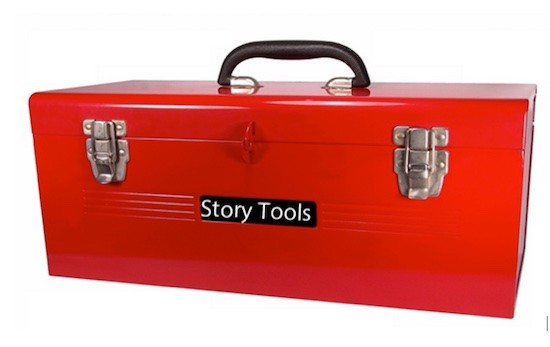
The key to storytelling to not only make a point but make a difference is all in telling the right story in the right way to make the right point to be truly in service of the person with whom you are sharing it.
As I have written around multiple times (and yes, by telling different stories), my mentor Ed Percival taught me:
Never make a point without telling a story, and never tell a story without making a point
To add nuance to this, though, how can you make a point that makes a difference? After all, entertaining though it may be, if a storyteller uses a story to make a point and then those listening are simply entertained then move on, you haven’t made any difference at all.
If we want to make a point that makes a difference, our story and our point must connect with them in a way that sees a shift for the audience in their energy and attitude, then lead to changes in behaviour and actions.
For this to happen, we must first listen to them to understand where they are, how they feel, what challenges they face, what changes they seek to make. In short, listen with empathy. If, instead, we simply tell a story to make a point without first taking time to understand our audience, we can easily a) make a point that doesn’t feel relevant to them, and b) tell a story that they can’t connect with.
When I coach individuals and teams I tell stories all the time, but never simply leap into a story. I have a deep library of actionable ideas, tools, frameworks to share, and for each of these, I can always find a story that makes the point.
The key to such storytelling to not only make a point but make a difference is all in telling the right story in the right way to make the right point to be truly in service of the person you are sharing it with.
Using the image above as a metaphor, first have a large toolkit, then be sure to choose the right ones.
